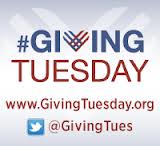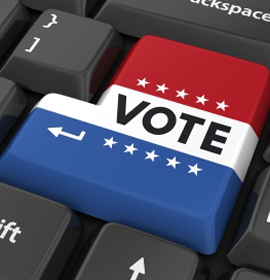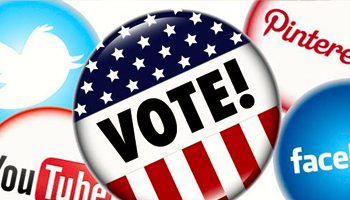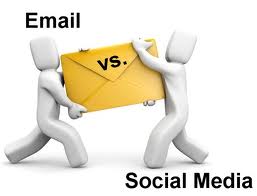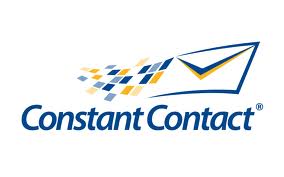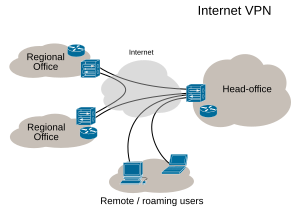 I am helping a friend run for city council in my town. He is a great guy, and he will make a great council member. He is personable, down to earth, genuine, and just an everyday kind of person. He is funny, and best of all he is a storyteller. While these might be good building blocks for a servant leader on the city council, I am coming to the conclusion that these traits might not be so great for a “candidate”.
I am helping a friend run for city council in my town. He is a great guy, and he will make a great council member. He is personable, down to earth, genuine, and just an everyday kind of person. He is funny, and best of all he is a storyteller. While these might be good building blocks for a servant leader on the city council, I am coming to the conclusion that these traits might not be so great for a “candidate”.
For example, good candidates have their well-polished elevator speech down to science. They knock on your door, you answer it, and they very succinctly tell you in 30 to 60 seconds why they are running and why you should vote for them. However, a good storyteller knows how to stretch a story. They are the master of delivery and timing. They weave and spin and divert and then . . . BOOM. . . they hit you with the punchline or the point of their story.
Needless to say, I’ve been working with my friend on how to polish a powerful and compact elevator speech before he starts knocking on doors. Here is what that has looked like:
- We wrote a case for support.
- We reduced the case down to a written script.
- We refined that script down to something even more simple.
However, none of this has really helped because at his heart, he is a storyteller. Each new tool we’ve developed becomes something new for him to add to the bigger story. LOL
So, last night I decided to try one last trick that I had up my sleeve.
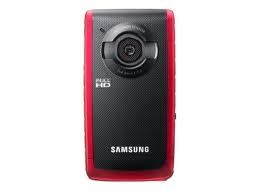 In a room full of 30 of his friends, family, and supporters, I asked him to deliver his case for support (aka his elevator speech). I handed everyone a worksheet with five questions. A few questions dealt with delivery and others addressed content. I asked that everyone fill it out and do so anonymously. I then pulled out my Samsung pocket video camera (similar to the old Flip video cameras), and I videotaped him.
In a room full of 30 of his friends, family, and supporters, I asked him to deliver his case for support (aka his elevator speech). I handed everyone a worksheet with five questions. A few questions dealt with delivery and others addressed content. I asked that everyone fill it out and do so anonymously. I then pulled out my Samsung pocket video camera (similar to the old Flip video cameras), and I videotaped him.
You can probably guess where this is going.
His 30 to 60 second elevator speech turned into an eight minute story. It was funny, and people laughed, but it wasn’t an elevator speech that he will be able to use.
Next steps for me will be sitting down with him to review the critique feedback forms and view the videotape. After digesting this information, it will be back to the grindstone to continue the work of forging a powerful case for support.
The reason I am blogging about this experience on a blog focused on non-profit issues such as board development, fundraising, etc-etc-etc, is because it dawned on me that this same process can be used in variety of ways at your non-profit agency.
Why not use it to help fundraising volunteers polish their approach?
I like this idea because:
- It is hard for people to step outside of their bodies to see and hear what they look like. Video is a tool that helps us do exactly this (albeit many people hate seeing or hearing themselves on video)
- Achieving this vantage point can create a moment of clarity and focus people on fixing something specific in their delivery or pitch.
- People often end up “off script” and speak from the heart even though it isn’t part of the written case for support document. Recording them and capturing some of those impromptu comments can help you refine your case and incorporate it into an elevator speech.
Yes, I know that no one likes to do activities like this, but sometimes good things aren’t necessarily the easy things in life. Right?
 I also recently used my little Samsung pocket video camera to interview board volunteers prior to a board retreat. I asked questions like:
I also recently used my little Samsung pocket video camera to interview board volunteers prior to a board retreat. I asked questions like:
- Why did you agree to serve on this board?
- Why are you so passionate about this organization’s mission?
- Why do you think other people should join you in serving on this board?
- In the end, what do you want your legacy to be on this board?
You wouldn’t believe what comes out of people’s mouths. In fact, I think they are surprised at what comes out of their mouths.
When you ask someone to speak from the bottom of their heart, amazing things can happen. When you capture it on video and replay it back to them, it becomes a powerful tool for accomplishing a number of different objectives (e.g. engagement, reflection, etc).
Have you ever used video as a tool to help board members or fundraising volunteers? If so, what was your experience? If not, what barriers do you see that stop you from doing so? Please use the comment box to share your thoughts and experiences.
Here’s to your health!
Erik Anderson
Founder & President, The Healthy Non-Profit LLC
www.thehealthynonprofit.com
erik@thehealthynonprofit.com
http://twitter.com/#!/eanderson847
http://www.facebook.com/eanderson847
http://www.linkedin.com/in/erikanderson847

